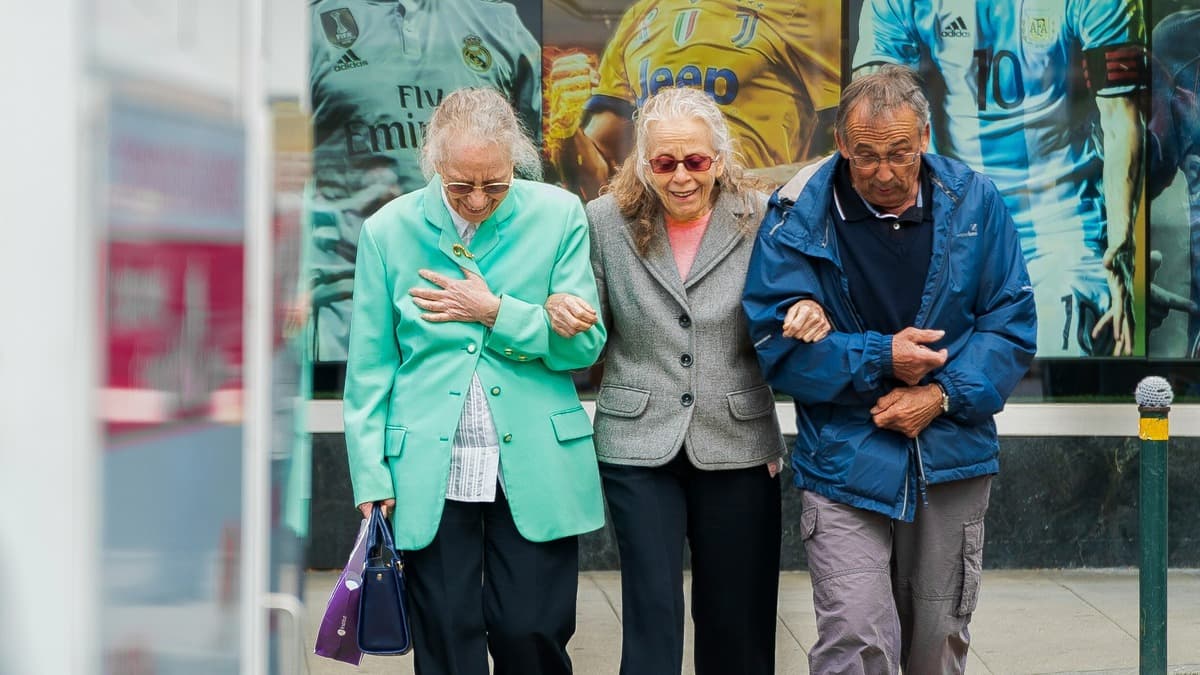A substantial portion of older Australians struggle with products designed for their age group, revealing a significant market gap.
Many feel overlooked by product designers and seek clearer age-friendly information to guide their purchases. Jane Caro has partnered with the GCMA to advocate for more inclusive product design. Australia is undergoing a significant demographic shift, with the elderly population projected to triple by 2066. The Global Centre for Modern Ageing (GCMA) has released a report, Empowering Older Adults with Better Product Usability, based on a survey of over 1000 Australians aged 65 and older. In collaboration with Jane Caro, the GCMA aims to address the challenges faced by older adults and improve product usability.
According to Julianne Parkinson, CEO of GCMA, the report highlights the need to recognize and respond to the evolving needs of older adults. “It’s about recognising and responding to the evolving needs and preferences of older adults, many of whom are living longer and differently.”
“Importantly, it extends well beyond older adults alone. It presents an opportunity for product design to be more inclusive, being mindful of the diverse needs, preferences and circumstances of individuals that continue to change throughout their lives,” said Parkinson.
The findings of the GCMA report revealed that older Australians are being seriously let down. 93% of respondents affirm that product usability is crucial for independent living, yet a majority express dissatisfaction with the user-friendliness of products designed for older adults. Approximately 81% feel neglected by product designers and manufacturers, citing small fonts, grip issues, tough packaging and confusing instructions as key barriers.
Despite encountering usability barriers, nearly half (43%) of older Australians do not seek help or request product adaptations when faced with dissatisfaction. 74% of participants express a desire for age-friendliness information on products, to help with more informed purchasing decisions.
Parkinson revealed that while there’s a wide array of products available in the market, there’s a large discrepancy between the industry’s belief that products are user-friendly and the actual usability challenges faced by older Australians every day.
“This represents a great opportunity for product developers to better understand these consumers and close the gap on usability frustrations, and enhance satisfaction,” said Parkinson.
Parkinson and the team at the GCMA said they “envision a future where these requirements drive market innovation, leading to products that enrich the lives of older Australians, and ensure business success.”
As an older adult, Jane Caro voiced her own personal frustrations with the lack of usable products for older Australians, “So many products, so many of them frustrating, impenetrable and hard to use.”
“Instructions are often impossible to read and indecipherable when you can. Packaging seems to be designed to keep you out. I can no longer undo jars, bottles, boxes, medicines, tubes and containers,” said Caro.
Caro believes that while many older Australians have money to spend and time to shop, they are rapidly losing the inclination. “It’s ageism rearing its ugly, wrinkly, head again. We ignore the old and think of them as deficient. We are not. We are just struggling to use poorly and insensitively designed products,” said Caro.
Caro calls for a concerted effort to better support the country’s rapidly ageing demographic and encourages people to come forward and join the GCMA Co-Designer communities, empowering older people to live independent lives.
Both Caro and Parkinson believe the Empowering Older Adults with Better Product Usability report marks a crucial step towards understanding and addressing the usability challenges faced by older Australians. It calls for a collective effort from designers, manufacturers and policymakers to foster an inclusive and age-friendly product landscape.
For more information about GCMA, visit https://www.gcma.net.au/.
Keep up to date with our stories on LinkedIn, Twitter, Facebook and Instagram.

